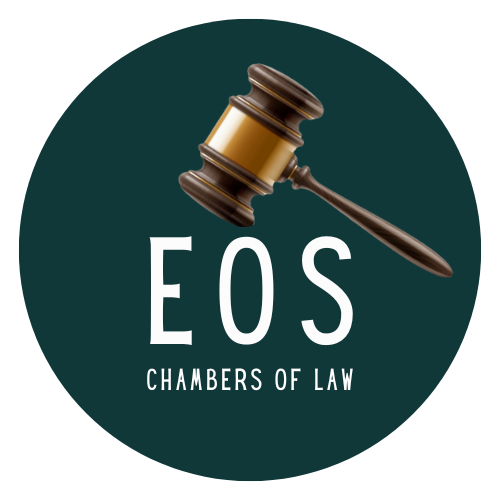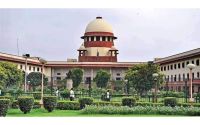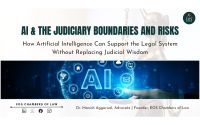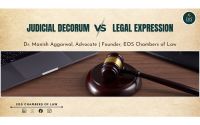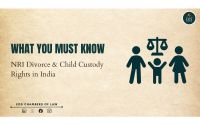Section 313 CrPC | 'Right To Remain Silent Not Be Used Again

Section 313 CrPC | 'Right To Remain Silent Not Be Used Against Accused' : Supreme Court Summarises 12 Principles
Recently, the Supreme Court, in a noteworthy judgment, while acquitting a woman accused of killing her own child and was convicted for murder and sentenced to life imprisonment, also decided the question of what may be required of the convict in her statement under Section 313 Code of Criminal Procedure (Cr.P.C).
Citing extensive thread of precedents, the Top Court penned down the following principles.
- The object, evident from the Section itself, is to enable the accused to themselves explain any circumstances appearing in the evidence against them.
- The intent is to establish a dialogue between the Court and the accused. This process benefits the accused and aids the Court in arriving at the final verdict.
- The process enshrined is not a matter of procedural formality but is based on the cardinal principle of natural justice, i.e.,
- The ultimate test when concerned with the compliance of the Section is to enquire and ensure whether the accused got the opportunity to say his piece.
- In such a statement, the accused may or may not admit involvement or any incriminating circumstance or may even offer an alternative version of events or interpretation. The accused may not be put to prejudice by any omission or inadequate questioning.
- The right to remain silent or any answer to a question which may be false shall not be used to his detriment, being the sole reason.
- This statement cannot form the sole basis of conviction and is neither a substantive nor a substitute piece of evidence. It does not discharge but reduces the prosecution's burden of leading evidence to prove its case. They are to be used to examine the veracity of the prosecution's case.
- This statement is to be read as a whole. One part cannot be read in isolation.
- Such a statement, as not on oath, does not qualify as a piece of evidence under Section 3 of the Indian Evidence Act, 1872; however, the inculpatory aspect as may be borne from the statement may be used to lend credence to the case of the prosecution.
- The circumstances not put to the accused while rendering his statement under the Section are to be excluded from consideration as no opportunity has been afforded to him to explain them.
- The Court is obligated to put, in the form of questions, all incriminating circumstances to the accused so as to give him an opportunity to articulate his defence. The defence so articulated must be carefully scrutinized and considered.
- Non-compliance with the Section may cause prejudice to the accused and may impede the process of arriving at a fair decision.
It may be noted that, in the instant case, the case of the prosecution was that the convict (appellant) had relations with a co-villager, namely, Baiga Gond, as a result of which she conceived a child. She, upon giving birth, allegedly killed this child and threw the corpse into a dabri (small water bodypond).
In the Section 313 CrPC statement, the accused had admitted that she was pregnant. Since the accused was living alone, the trial court made further inferences from her admission of pregnancy and proceeded to hold her guilty of the murder of the child.
The Supreme Court took a critical view of the approach taken by the trial court, which was affirmed by the High Court.
In the context of Section 313 of the Code of Criminal Procedure, the Court said : "Although there is a requirement by law to disclose the aspects required to adjudicate in a criminal matter such duty cannot unreasonably and unwarrantedly step over the fundamental right of privacy."
Post Categories
Featured Posts
Latest Posts
Latest Posts

E-Courts The Future of Judiciary in India...
India rsquo s judiciary is at a crossroads with digitization and judicial reforms paving the way for increased efficiency transparency and accessibility The e-Courts initiative launched by the Indian judiciary under the National e-Governance Plan NeGP is a transformative step...
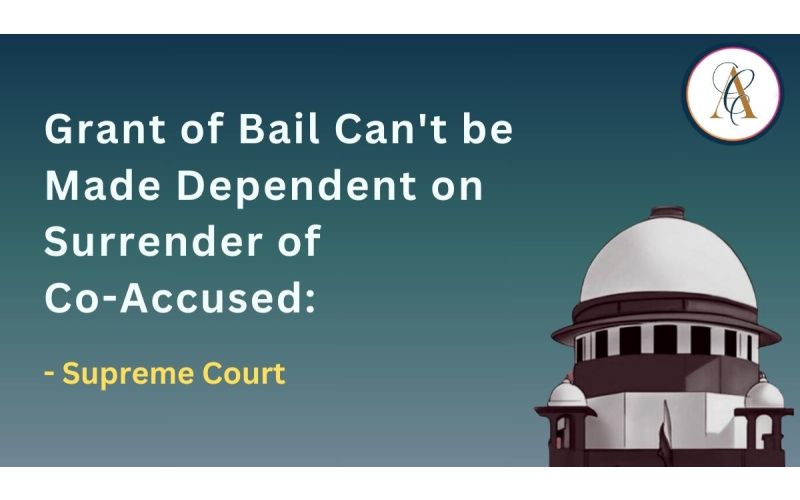
Grant Of Bail Can't Be Made Dependent On Surrender Of Co-Accused Supreme Court...
A Division Bench of the Supreme Court while allowing a bail plea held that the grant of bail to a co-accused person cannot be contingent on the surrender of another accused who is also pertinently the main accused in the...

Supreme Court Seeks Union's Stand Regarding Cryptocurrency...
The Centre has told the Supreme Court it is yet to take a decision on a mechanism to regulate cryptocurrencies and effectively investigate related offences A bench of justices Surya Kant and KV Viswanathan was told by Additional Solicitor General...

BREAKING Supreme Court Issues Fresh Guidelines For Senior Designation Previous Applicants Required To Update...
The Supreme Court has issued fresh guidelines for the designation of senior advocates following the May judgment in nbsp Indira Jaising vs Supreme Court nbsp which modified the criteria for senior designation The Court has directed that Advocates-on-Record Advocates who...
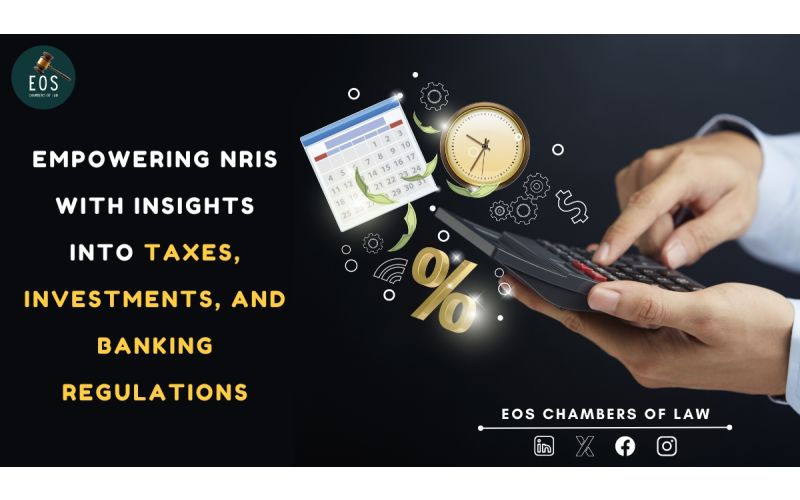
Empowering NRIs with Insights into Taxes Investments and Banking Regulations...
Introduction The financial landscape for Non-Resident Indians NRIs is complex spanning a myriad of regulations taxes and investment opportunities As global citizens NRIs navigate diverse economic ecosystems balancing rights and responsibilities across borders In this article we delve into the...
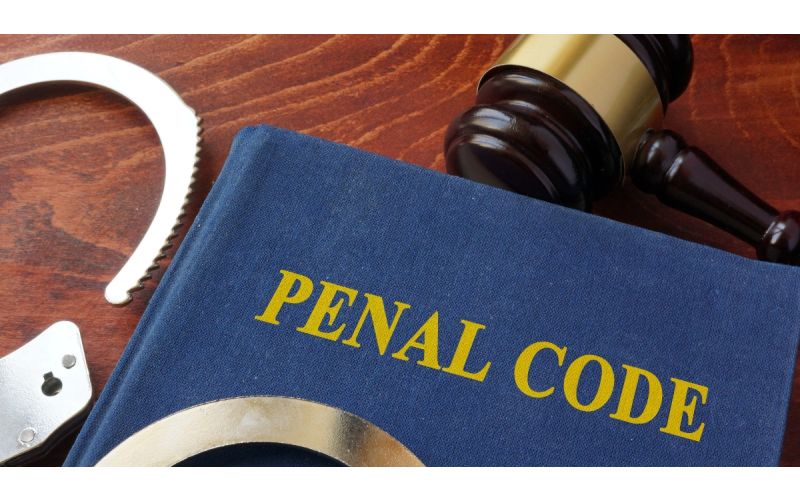
Indian Penal Code...
The Indian Penal Code IPC is the official criminal code of India It is a comprehensive code intended to cover all substantive aspects of criminal law The code was drafted on the recommendations of the first law commission of India...

Speak With Our
Get a Appointment
